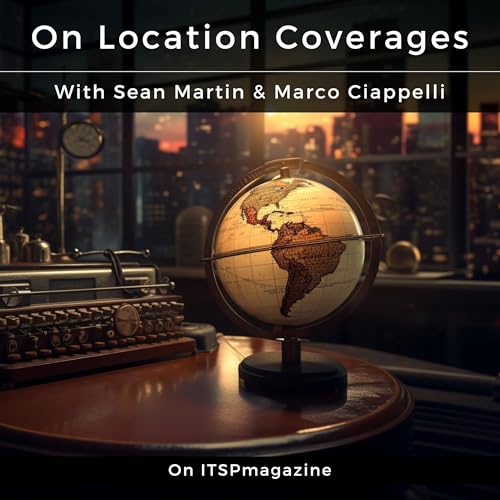As NAMM approaches its 125th year, the conversation around The NAMM Show 2026 centers less on products alone and more on the people, relationships, and creative energy that sustain the music industry. In this episode, John Mlynczak, President and CEO of NAMM, joins Sean Martin and Marco Ciappelli to frame the upcoming show as a moment shaped by resilience, adaptation, and shared purpose.Mlynczak positions NAMM’s history as a long record of responding to disruption. Musical genres shift. Technologies rise and fall. Companies appear and disappear. Music itself remains. That continuity shapes how NAMM views its role today, particularly amid global trade pressures and ongoing debates around AI in music creation. These pressures are not framed as endpoints, but as forces the industry has encountered many times before, each eventually reshaped into opportunity.A major theme is the renewed emphasis on human connection. While innovation remains central, differentiation increasingly comes through artists, creators, and authentic storytelling. Product launches are no longer just technical showcases. They are expressions of identity, collaboration, and trust between musicians and the tools they choose. According to Mlynczak, this shift is driving a larger presence of artists and creators at The NAMM Show 2026, reinforcing the idea that brands are ultimately represented by people, not specifications.Education also plays a defining role. With more than 200 sessions planned, alongside new half-day and full-day summits, The NAMM Show 2026 expands its commitment to learning across experience levels and professional communities. Retailers, educators, engineers, marketers, and performers each have distinct paths through the show, designed intentionally rather than left to chance. Data-driven planning allows NAMM to understand how attendees engage, enabling more tailored experiences now and in the years ahead.Underlying it all is energy. Not hype, but momentum built through in-person connection. The NAMM Show is described as a space where competitors share ideas, musicians find inspiration, and creativity compounds simply by being present. For those who attend, The NAMM Show 2026 serves as a springboard into the year ahead, shaped by music’s enduring ability to connect, adapt, and move people forward.The NAMM Show 2026 is taking place from January 20-24, 2026 | Anaheim Convention Center • Southern California — Coverage provided by ITSPmagazine — Follow our coverage: https://www.itspmagazine.com/cybersecurity-technology-society-events/the-namm-show-2026GUEST:Guest: John Mlynczak, President and CEO of NAMM | View Website | Visit NAMMHOSTS:Sean Martin, Co-Founder, ITSPmagazine and Studio C60 | Website: https://www.seanmartin.comMarco Ciappelli, Co-Founder, ITSPmagazine and Studio C60 | Website: https://www.marcociappelli.comNAMM Organization: https://www.namm.org/The NAMM Show 2026: https://www.namm.org/thenammshow/attendCatch more stories from NAMM Show 2026 coverage: https://www.itspmagazine.com/cybersecurity-technology-society-events/the-namm-show-2026Music Evolves: Sonic Frontiers Newsletter | https://www.linkedin.com/newsletters/7290890771828719616/More from Marco Ciappelli on Redefining Society and Technology Podcast: https://redefiningsocietyandtechnologypodcast.com/Want to share an Event Briefing as part of our event coverage? Learn More 👉 https://www.studioc60.com/performance#briefingWant Sean and Marco to be part of your event or conference? Let Us Know 👉 https://www.studioc60.com/performance#ideasKEYWORDS: sean martin, marco ciappelli, john mlynczak, the namm show, the namm show 2026, namm 2026, music industry, music technology, music education, artist collaborations, event coverage, on location, conference Hosted by Simplecast, an AdsWizz company. See pcm.adswizz.com for information about our collection and use of personal data for advertising.
Show More
Show Less
 35 mins
35 mins 19 mins
19 mins 26 mins
26 mins 27 mins
27 mins 30 mins
30 mins 27 mins
27 mins 28 mins
28 mins 25 mins
25 mins
